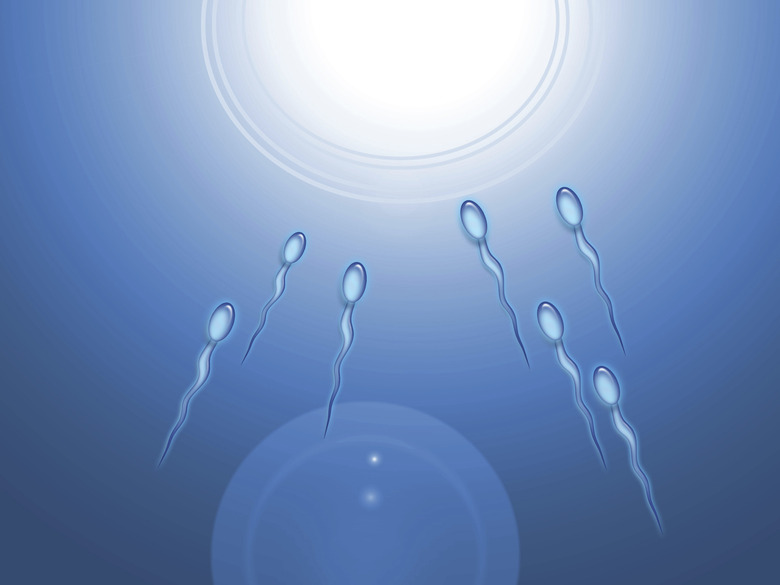What Divides Unequally In The Female Cytokinesis?
Cytokinesis is the allocation of cytoplasm during cell division. Female cytokinesis is also called oogenesis. Oogenesis is the production of female gametes, called ova or eggs, from female germ cells.
Unlike male cytokinesis, which produces four equally sized gametes, or sperm cells, per completed meiosis, female cytokinesis produces one large living ovum and three small polar bodies. The single ovum contains the cytoplasm of all four daughter cells, which means that during oogenesis the cytoplasm is divided unevenly.
Sexual Inequality
Sexual Inequality
Female investment in offspring is far greater for many species than male investment, but it's only at the level of the gametes that we can say without a doubt it's always at least four times greater. During oogenesis the cytoplasm is divided unevenly, but this vastly unequal division is absolutely necessary for the development of healthy, viable embryos.
The huge cytoplasmic complement provides all the intracellular machinery a fertilized egg will need to divide and become a new individual, including the yolk, the nutrient-rich tissue that feeds developing embryos. Even placental mammals have yolks, which sustain the embryo during the first days of pregnancy until implantation and placental development are complete.
During Oogenesis the Cytoplasm Is Divided Unevenly: How It Works
During Oogenesis the Cytoplasm Is Divided Unevenly: How It Works
Female cytokinesis begins with ovarian germ cells. These cells become primary oocytes while the female organism is still an embryo. They sit in the ovaries in a condition of stasis until further development is triggered by hormones when the individual reaches reproductive age.
When a primary oocyte matures, it splits by meiotic division into one large secondary oocyte, which contains all of the cytoplasm, and one tiny polar body that contains nothing but one copy of DNA. At the beginning of fertilization, the secondary oocyte splits by a second meiotic division into one large ovum that contains all of the cytoplasm, and another tiny polar body that contains one half of the DNA.
The first polar body may continue to divide as well, for a total of three small polar bodies and one large ovum, which goes on to become a zygote if fertilization is successful.
DNA with a Jet Pack
DNA with a Jet Pack
In contrast, sperm don't need a huge life-support system. A male germ cell becomes four equally sized gametes, each with just enough cytoplasm to complete its journey to an egg, or die trying.
Each male germ cell sits in the testes until the individual reaches reproductive age, then divides into two primary spermatocytes during meiosis 1. Each primary spermatocyte divides into two haploid spermatozoa during meiosis 2.
These motile cells contain the second half of a species' DNA complement that an ovum needs to become a zygote.
Untimely End or Little Helpers
Untimely End or Little Helpers
The future for animal polar bodies is bleak. Lacking the machinery necessary for survival, they begin to deteriorate and die almost immediately and are not capable of fertilization.
Plant polar bodies, on the other hand, are capable of being fertilized, but they don't develop into new plants.
When these polar bodies join with sperm, they develop into additional endosperm, the yolk tissue that feeds plant embryos. More endosperm can mean a greater chance of survival for their sister embryos.
Cite This Article
MLA
Libal, Angela. "What Divides Unequally In The Female Cytokinesis?" sciencing.com, https://www.sciencing.com/divides-unequally-female-cytokinesis-16798/. 21 May 2019.
APA
Libal, Angela. (2019, May 21). What Divides Unequally In The Female Cytokinesis?. sciencing.com. Retrieved from https://www.sciencing.com/divides-unequally-female-cytokinesis-16798/
Chicago
Libal, Angela. What Divides Unequally In The Female Cytokinesis? last modified March 24, 2022. https://www.sciencing.com/divides-unequally-female-cytokinesis-16798/
